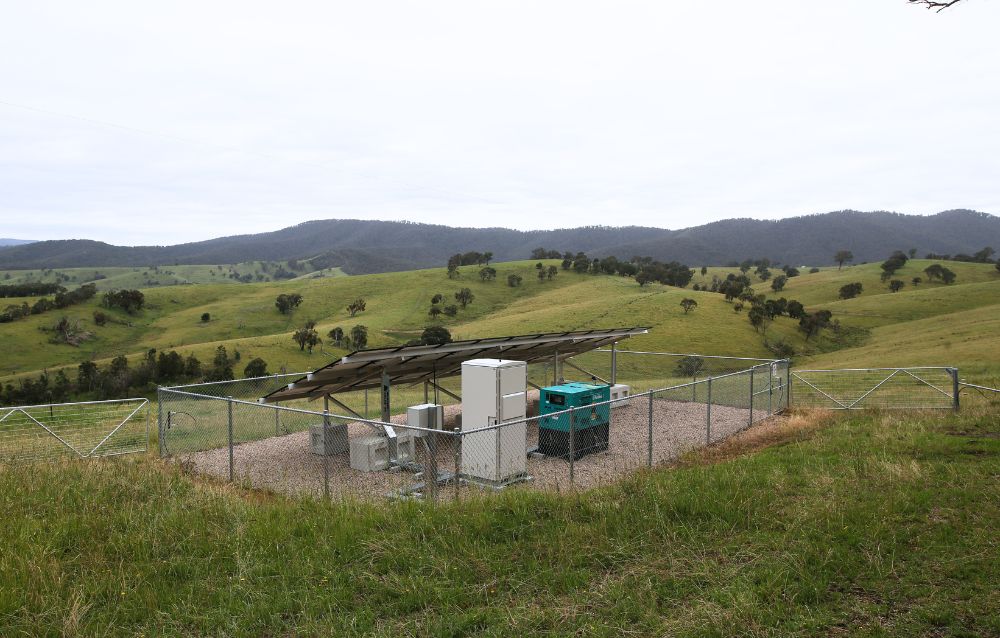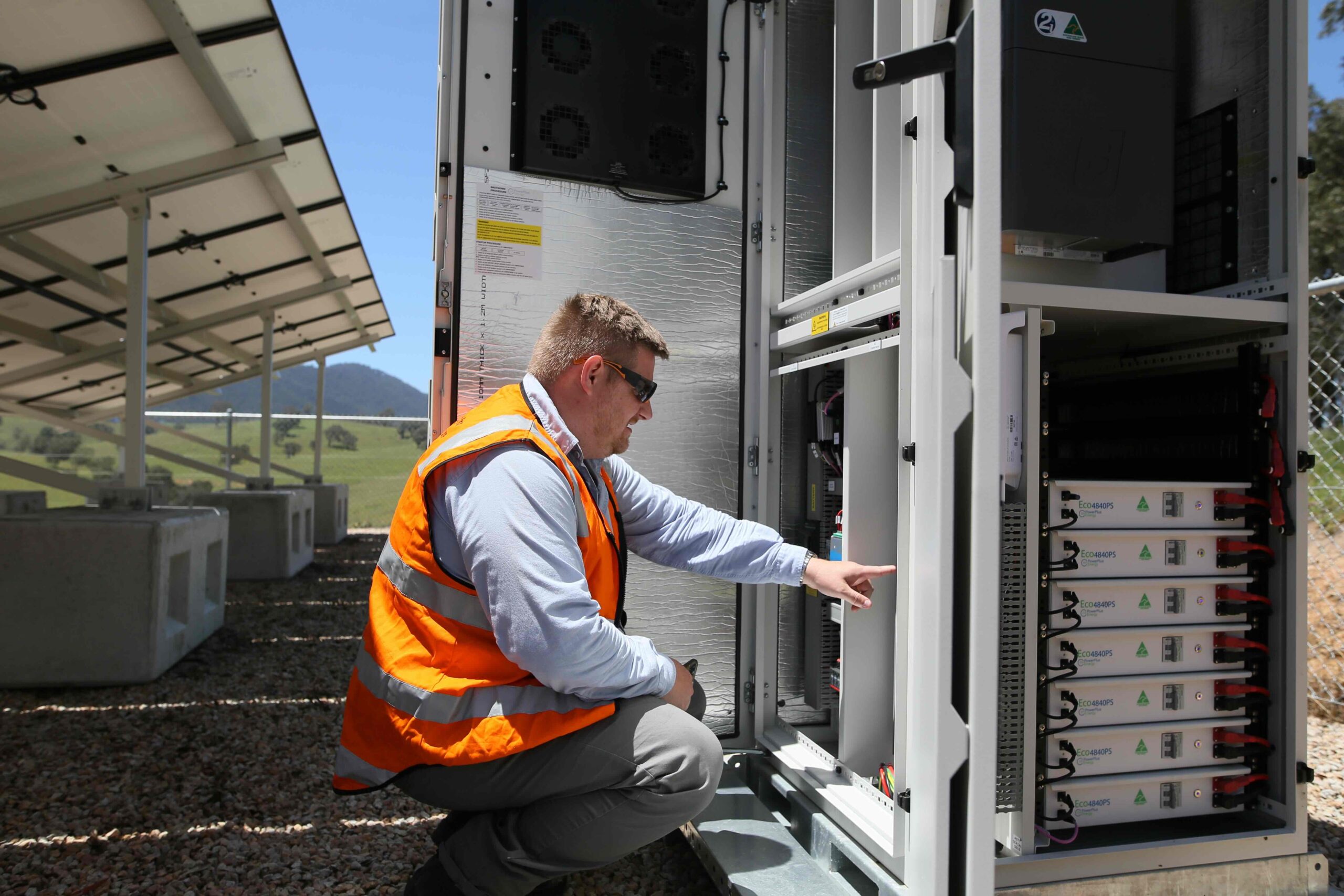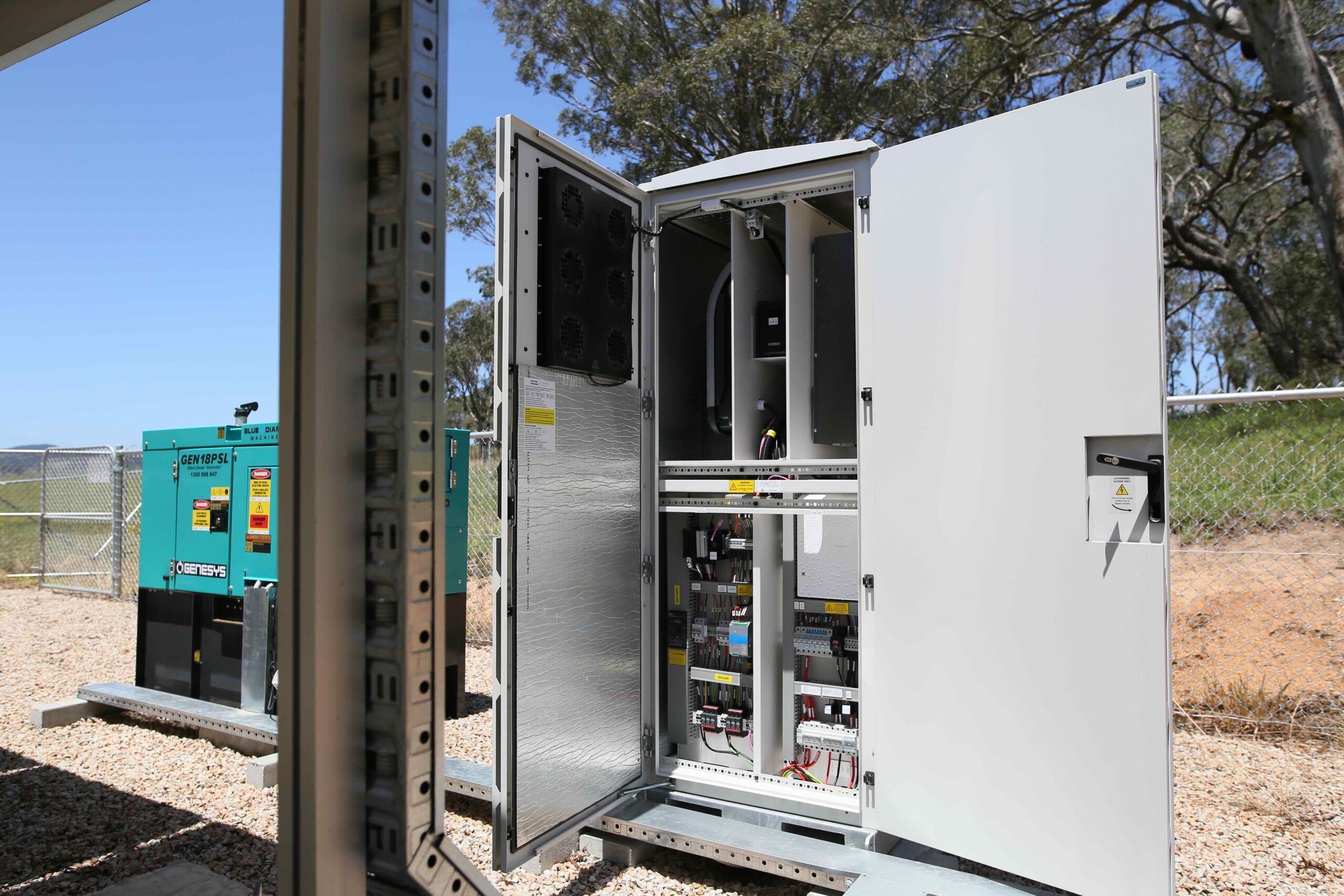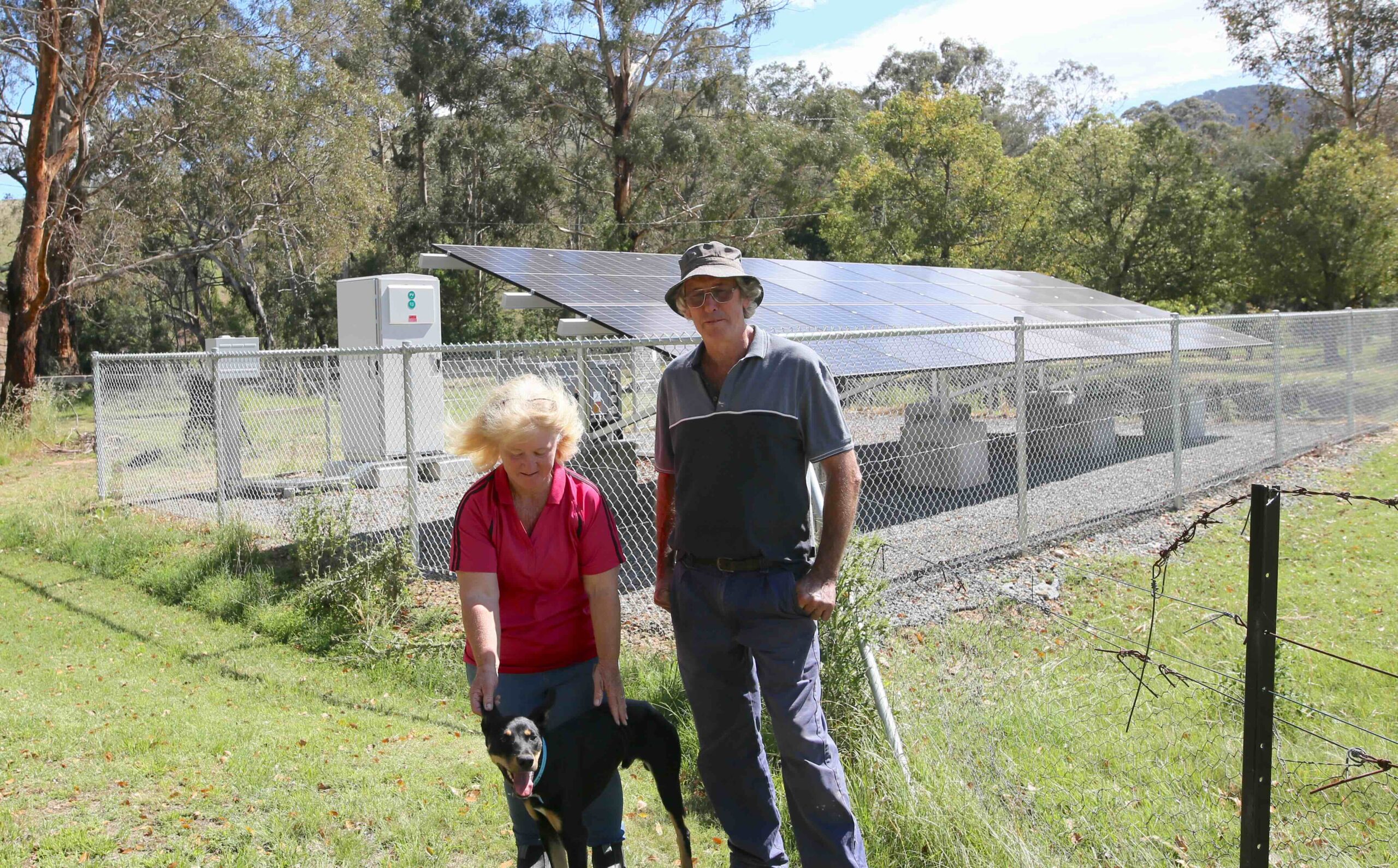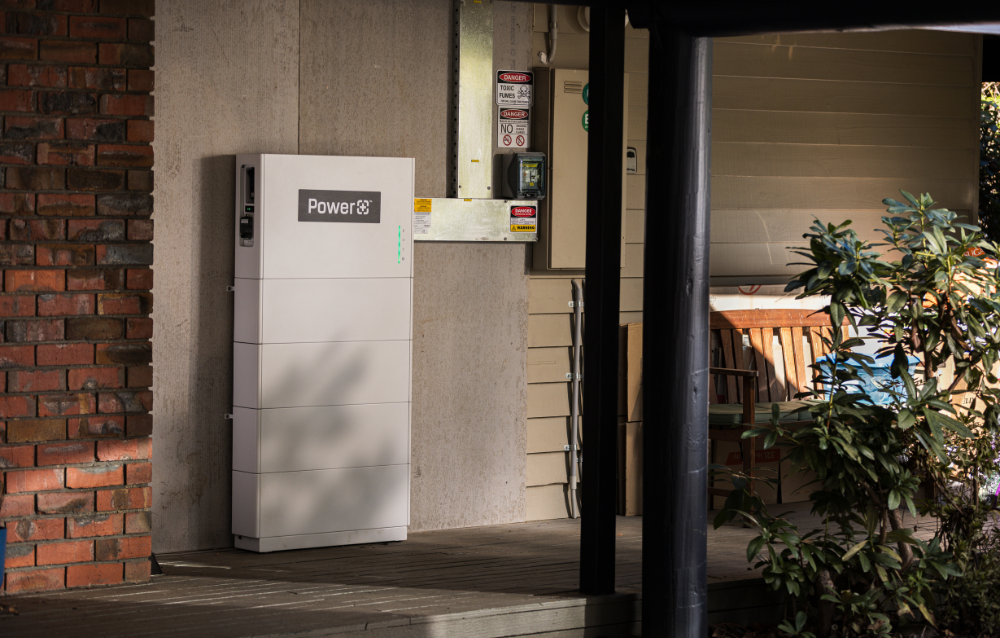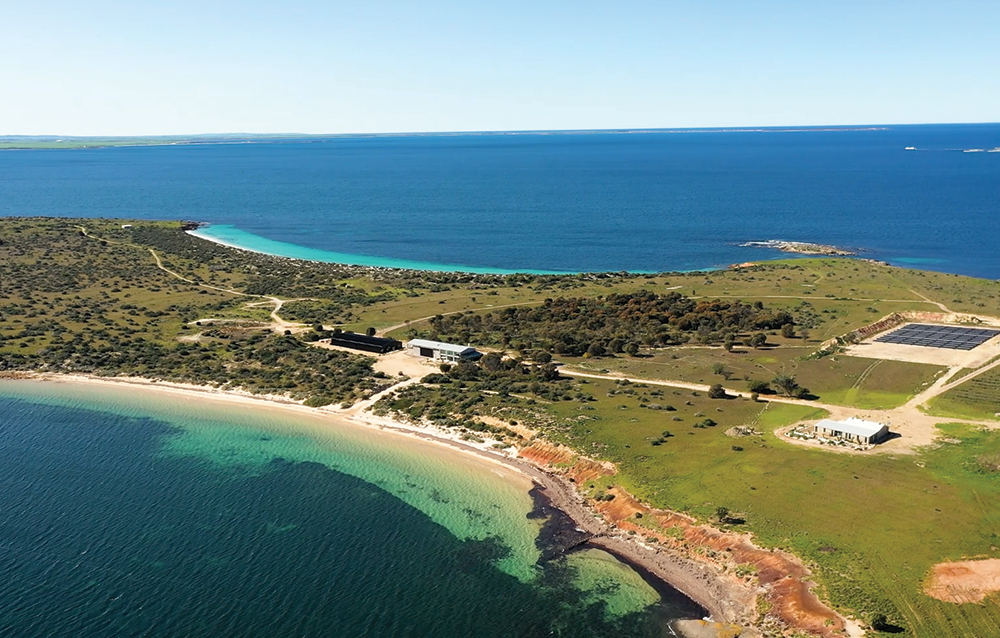How AusNet and PowerPlus Energy are Reimagining Regional Energy Security with SAPS
In regional Victoria, access to reliable electricity has long been a challenge. For decades, rural households have endured frequent outages, storm disruptions, and bushfire risks o
